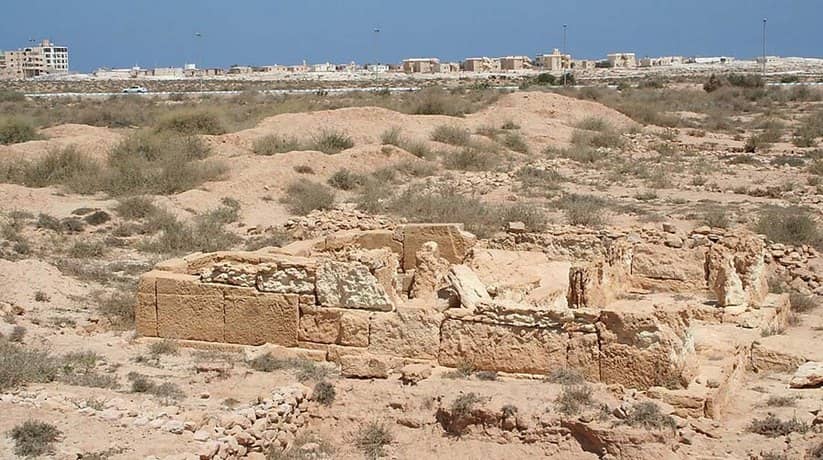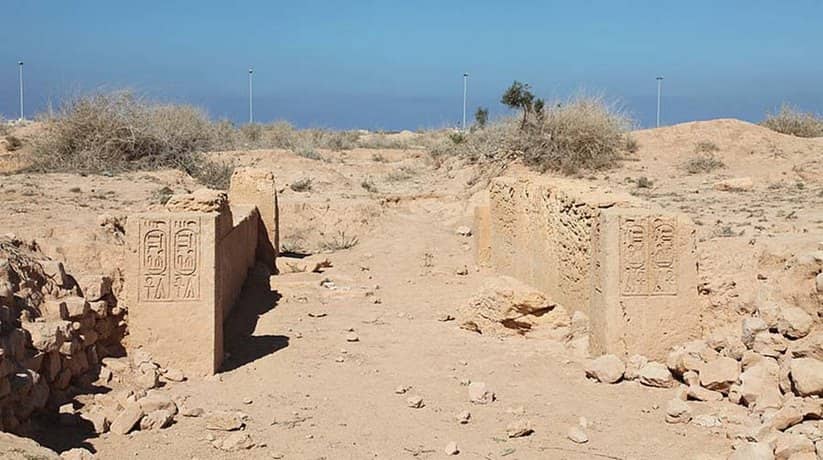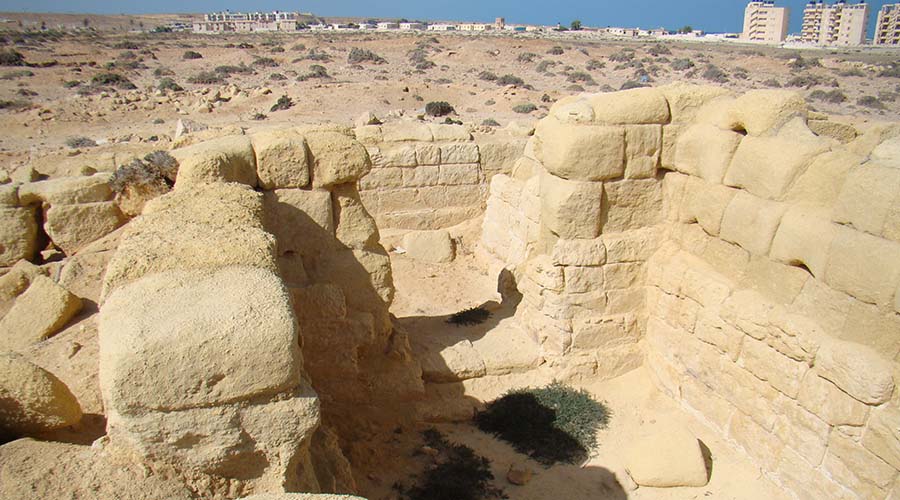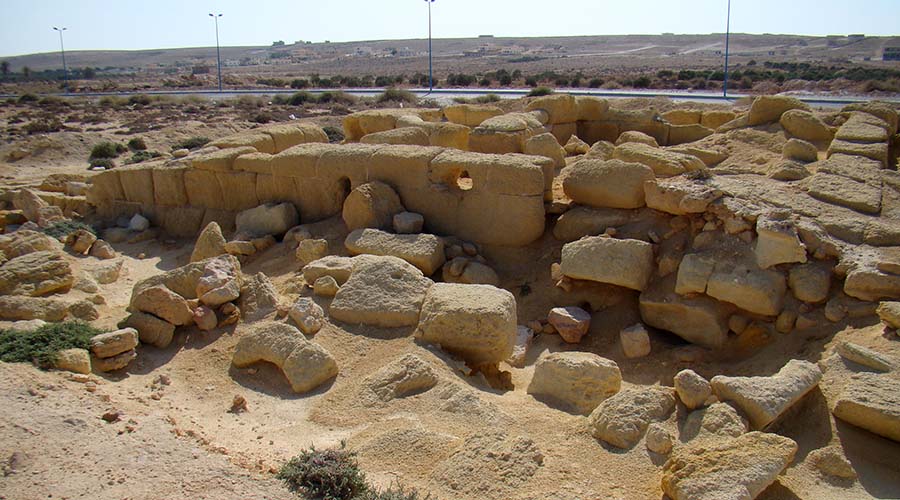Ramses II temple Egypt information, tours, prices and online booking
Ramses II temple located in fact about 24 km west of Marsa Matrouh, Egypt. In fact, you can explore the ruins of the temple there. The temple dates back to the 26th dynasty (1200 BC). Moreover, the site known as Umm Al-Rakhm. In fact it discovered by the Egyptian archaeologist Labib Habash in 1942. Moreover, it houses some admirable hieroglyphic inscriptions referring to the Ancient Egyptian pharaoh. Near the temple, you’ll also find ruins of the pharaoh’s fortress. In fact, they are in particular the remains of the surrounding brick wall. It in fact erected to protect Egypt from the attacks of Libyan tribes.
Moreover, this wall is 140m along each side. Ramses II temple site excavated by Steven Snape for the University of Liverpool since 1994. It is clear that this fortress town known to its occupants as “The Town (dmi) of Usermaatre-Setepenre”. In fact, it intended for long-term and extensive occupation. It is because of its size and the range of buildings within its massive mud-brick exterior wall. Inside the fortress-town, the Egyptian occupants erected a limestone temple. It houses a series of storerooms and a “governor’s residence”, which included a private chapel. . The temple has inscribed objects and other private chapels next to it. In fact, the fortress garrisoned by probably over 500 soldiers. Moreover, their commander was a senior military official called Neb-Re.
More information about Ramses II temple Egypt:
The extent to which these soldiers brought their families with them to this most distant posting in the Egyptian empire. Moreover, the extent to which they might fraternized with the local population. In fact, it is one of the major research questions which studied by the Liverpool team. The life of the town was relatively short and abandoned. In fact, it is either before or shortly after the death of its founder, Ramesses II. The site briefly occupied by Libyan squatters, and then completely unoccupied until the present day. Ramses II temple town partly supplied by transport barges from the Nile Delta. In fact, it was in the early phases of its building and occupation. Moreover, the exotic foreign products such as olive oil, wine and opium arrived by sea courtesy of maritime traders.
They traveled between Crete and Egypt. However, the long-term survival of the town and its population relied much more on self-sufficiency. In fact, it was especially in terms of food production. Water supplied by a series of wells and possibly, by the water-harvesting of rainfall in cisterns. Evidence for various types of production comes from “Area K”. In fact, it took up a substantial portion of the southeast corner of the town. Here are a series of granaries, mortars, saddle-querns and quern-rubbers. Moreover, there are also grinders and ovens (along with one of the wells). In fact, they provided all that was needed to turn grain into flour, bread and beer, the main dietary staples.
Further information about Ramses II temple Egypt:
The grain itself probably grown in fields on the fertile coastal strip outside the walls of the town. Moreover, it watered by winter rainfall. In addition, “Area K” also produced both spindle whorls and “spinning-bowls”. In fact, they associated with the spinning of linen and also sourced locally through the cultivation of flax. The beer and linen, as well as pottery and metal objects produced in other parts of the town. Moreover, they traded with local Libyan pastoralists in return for additional food. The site had goat bones and ostrich eggshells in large numbers.
















